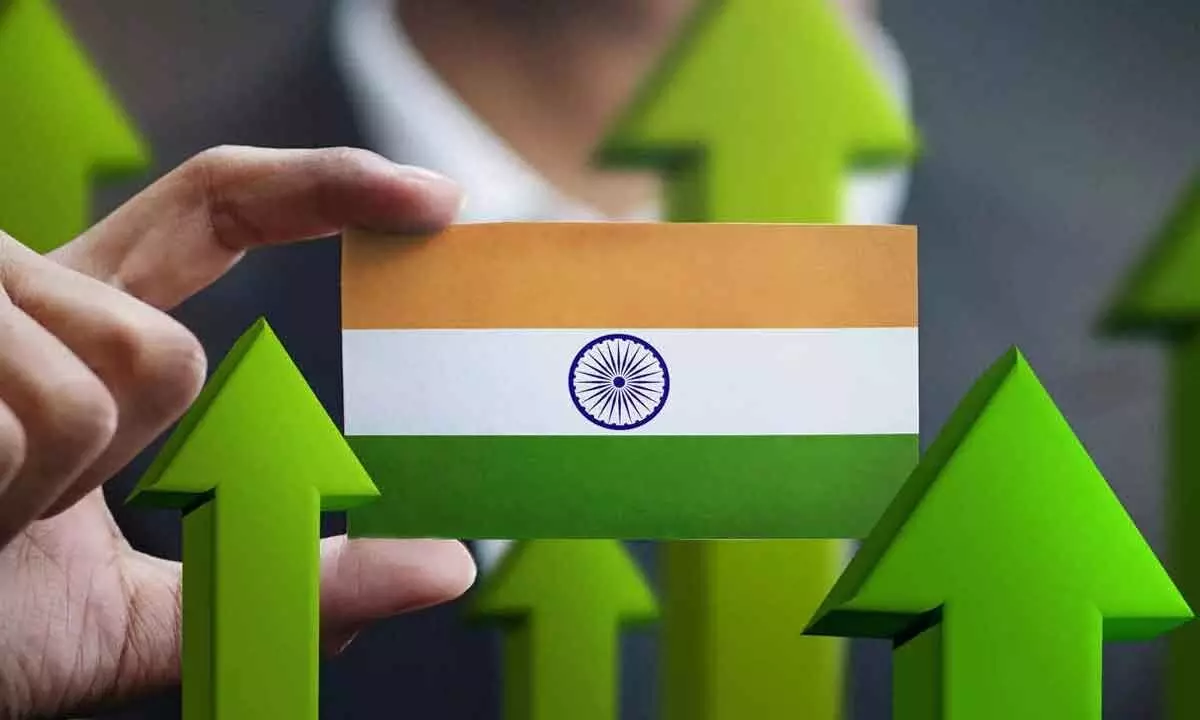Live
- Man In Madhya Pradesh Dies By Suicide, Leaves Video Alleging Harassment
- Multi-Storey Building Collapse In Mohali Triggers Massive Rescue Operation
- Anti-Corruption Officers Assaulted By Revenue Clerks In Uttar Pradesh
- Earthquake tremors felt again in Prakasam district
- G Trisha, spinners star as India win inaugural U19 Women’s Asia Cup title
- Security Forces Arrest Two Terrorist Associates In North Kashmir's Sopore
- PM Modi graces Arabian Gulf Cup opening ceremony in Kuwait as 'Guest of Honour'
- Your contributions to nation's progress are invaluable: PM Modi to Indian workers in Kuwait
- Our Constitution is the only beacon of hope for every Indian
- Two youths killed as motorcycle rams into guardrail at flyover in Kolkata









